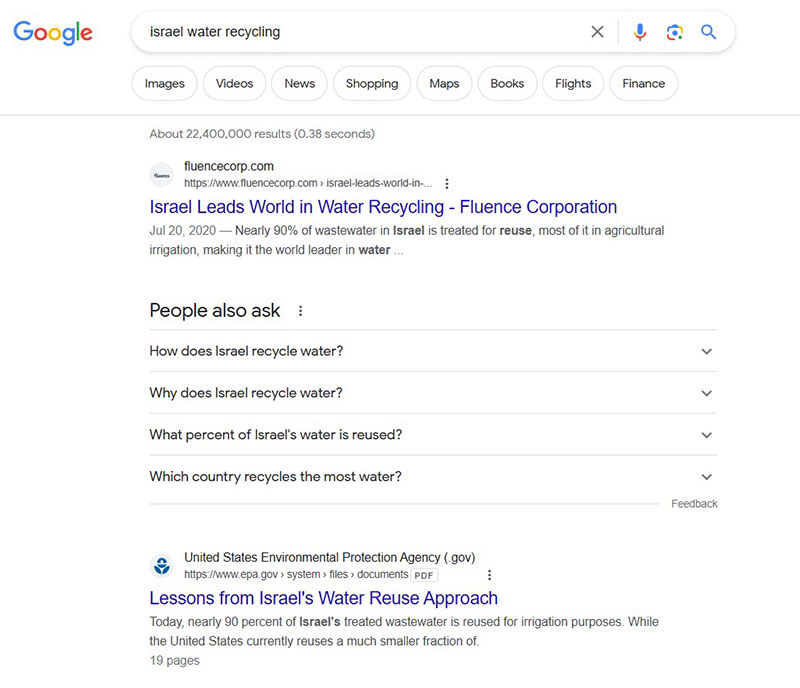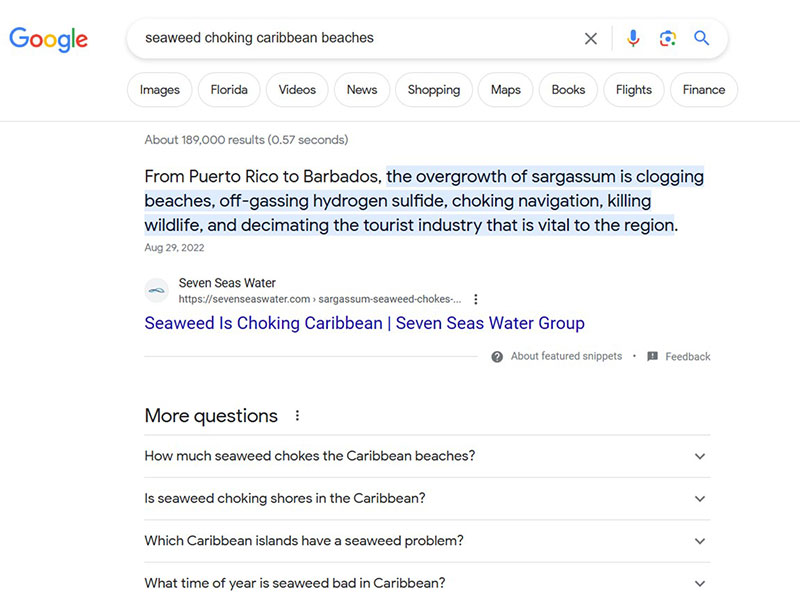
SixEstate uses brand journalism to help this water and wastewater treatment company outrank the EPA, NPR, and other major media outlets.
Crafting Compelling Narratives to Connect with Your Audience
Content-driven SEO
plays a pivotal role in achieving online visibility. A blend of marketing and storytelling, brand journalism delivers content that resonates with a target audience more deeply than standard advertising. Brand journalism has evolved significantly since its inception as it adapts to an ever-changing digital landscape.Coined as a term that seeks to merge the principles of journalism with marketing, brand journalism was born as a new, more engaging way for brands to tell their stories. It is more than product promotion; it seeks to establish genuine connections with consumers.
Brand Journalism: What It Isn’t
Brand journalism is not…
…traditional journalism. Although brand journalism has some things in common with traditional journalism, it isn’t bound by the same principles of impartiality. Traditional journalism strives for neutrality. Brand journalism openly associates with a brand while delivering news and stories that are relevant to its audience.
…public relations. Although brand journalism may complement a company’s public relations, it is not the same as PR and can’t replace it. The main focus of public relations is getting others to tell the public your story rather than telling it directly.
…content marketing: The terms “brand journalism” and “content marketing” are often used interchangeably. But one is a form of the other. Content marketing involves the creation and distribution of content to educate, entertain, or inform. As a type of content marketing, brand journalism involves identifying and reporting stories in the context of a brand’s narrative.
…content strategy. Although brand writers may play a role in developing a content strategy, content strategy entails a broader spectrum of planning and execution. Brand journalism is one specific application within the general strategy.
So What Is Brand Journalism?
Several features of brand journalism set it apart in the digital landscape.
Collaborative: Shaping Brand Identity Together
Brand journalism entails collaboration between a brand and its customers, a collaboration that shapes the brand by dynamically building a narrative. Consumers expect their voices to be heard, and their feedback plays a pivotal role in shaping content. In the process, companies gain invaluable insight into their customers’ needs and preferences. This insight often leads to new products and services that meet these needs.
Contributory: Building Trust and Authority
Unlike more obtrusive sales strategies, brand journalism doesn’t try to push products or services on consumers. The goal is to prioritize education and engagement over sales pitches by delivering relevant stories to the target audience. Over time, this approach builds trust and authority as prospective consumers learn to make more informed decisions about how to spend their money.

Brand journalism helped this service provider dominate the search results for what was a hot news story at the time.
Transparent and Creative: A Delicate Balance
One hallmark of brand journalism is its commitment to transparency. Brand journalism must navigate a fine line between acknowledging its brand affiliation and delivering content that provides real journalistic value. Consumers are savvy enough to distinguish between overt sales pitches and impartial news, so brand journalism doesn’t try to camouflage itself as an advertorial and doesn’t pretend to be wholly independent. It offers content that is unmistakably connected to a brand but still offers journalistic value.
Facilitating Content-Driven SEO
An effective website design that is aligned with your brand journalism can significantly boost the results of your search engine optimization (SEO) efforts. Search engines favor websites that offer valuable, relevant, up-to-date content. By presenting stories in an appealing and accessible manner, you simultaneously satisfy search engine algorithms and engage visitors.
As users spend more time on your website to read your brand journalism, the site’s SEO rankings will improve, increasing your online visibility and attracting still more organic traffic. It’s a symbiotic relationship. Compelling narratives and effective website design work together to enhance your online presence.
The Continuing Relevance of Brand Journalism
As consumers increasingly demand highly personalized content, including news, brands are adopting new strategies to meet this demand. For many companies, brand journalism is a powerful means of reaching new prospective consumers while providing tangible value.

Brand journalism is a powerful tool for connecting with potential consumers while delivering tangible value, as demonstrated in this blog post exploring the latest developments in emergency medicine.
In a digital age defined by personalization and authenticity, brand journalism is a potent tool for forging deeper connections with your audience. Through collaboration, contribution, transparency, and creativity, brand journalism continues to thrive in the ever-changing landscape of digital marketing.
At SixEstate, we’re pros at helping you build trust and authority. We do it not by hard selling but by sharing news that matters to your audience and showing how your business fits right in. Contact us for details on how we work and how we can strengthen your connection with your customers.